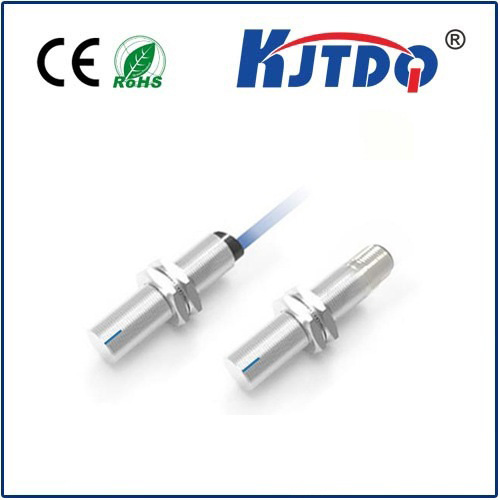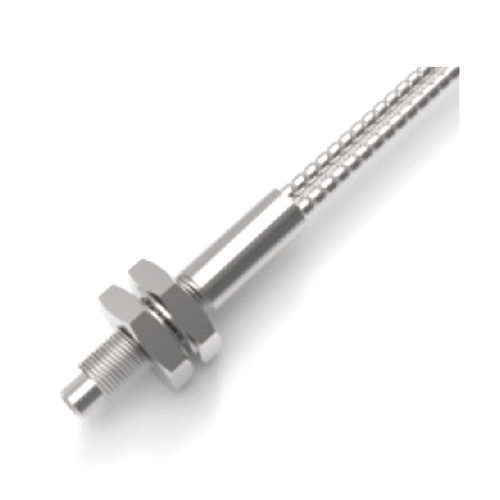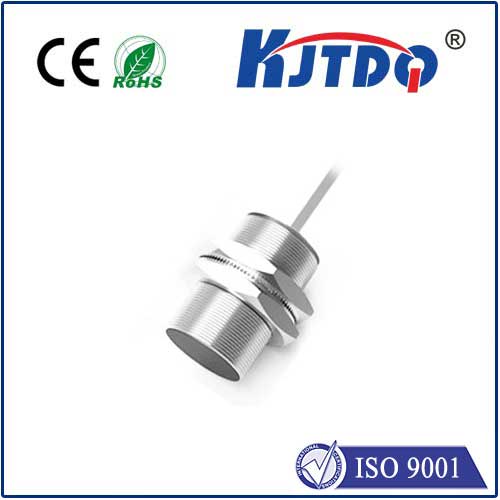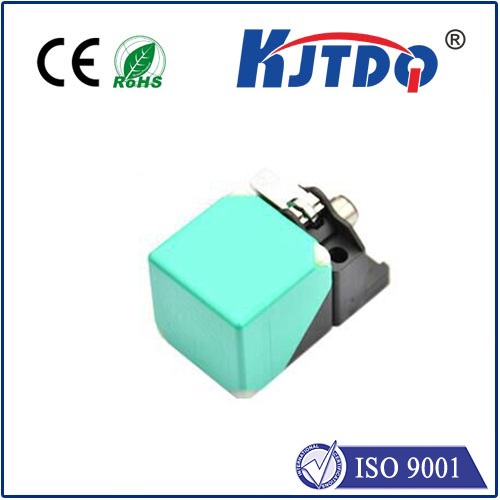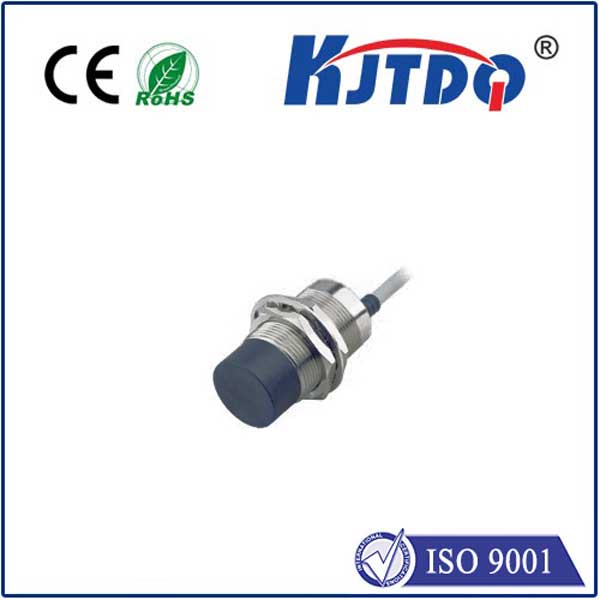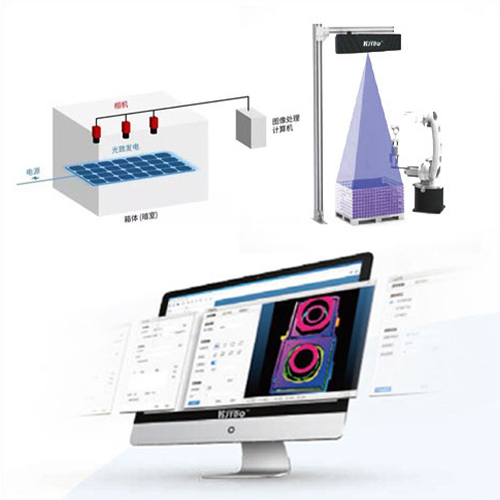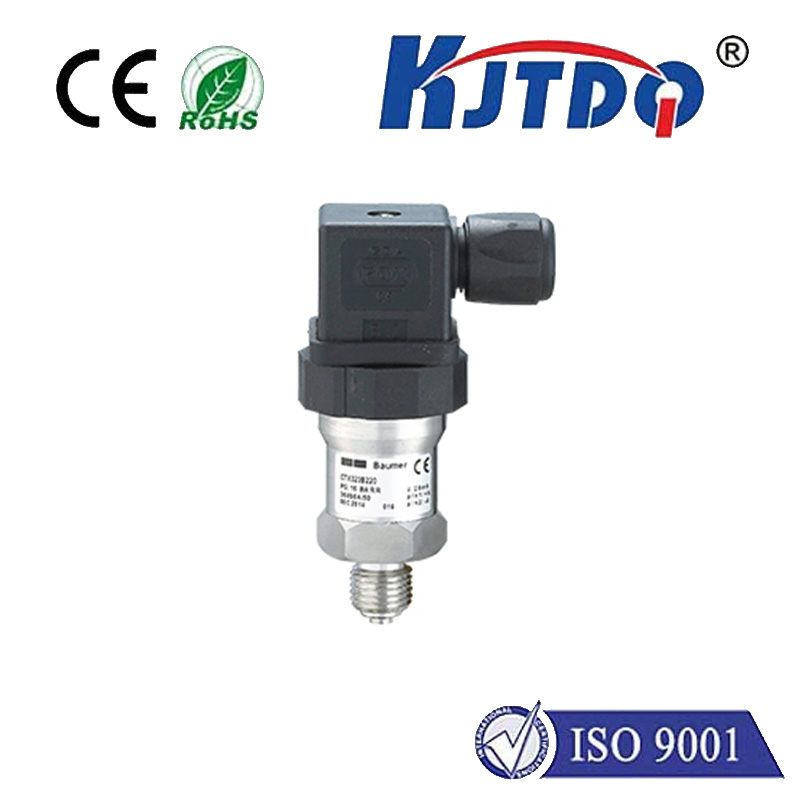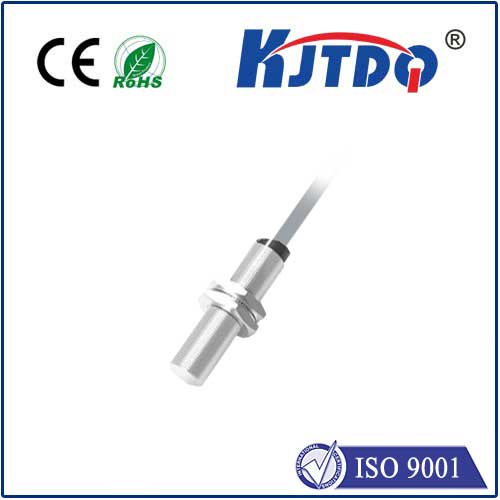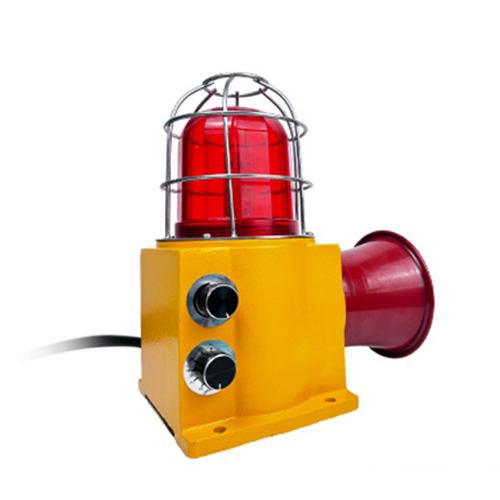

check

check

check

check

check

check

check

check

check

check
The hum of modern industry often relies on unseen heroes. Devices performing critical tasks with silent efficiency, their success measured in microns and milliseconds. Among these essential components, laser photoelectric transmitter and receiver sensors stand out as the pinnacle of accuracy for countless detection and measurement applications. Far surpassing standard photoelectric variants, these sensors harness the unique properties of laser light to deliver unparalleled performance where it matters most. If your operations demand pinpoint detection, unwavering reliability across challenging environments, or micrometer-level precision, understanding the power of laser photoelectric sensors is not just beneficial – it’s fundamental to pushing the boundaries of automation and quality control.
Understanding the Core: Transmitter and Receiver in Concert
At its heart, a photoelectric sensor operates by using light to detect an object’s presence, absence, or specific characteristics. The fundamental duo consists of:
A positive detection occurs when the receiver senses a significant change in the light signal compared to its “normal” state (e.g., beam blocked = object present; beam reflected = object present, depending on mode).
The Laser Advantage: Power, Precision, and Penetration
Standard photoelectric sensors typically use LEDs as their light source. While robust and cost-effective for many tasks, they have limitations: a divergent light cone and lower intensity over distance. Enter the laser photoelectric sensor.
Pinpoint Focus & Long Range: The defining feature is the coherent, collimated laser beam. This means the light rays are focused in parallel, resulting in an exceptionally narrow beam with minimal divergence. A standard LED might spread its light over several centimeters at a meter away; a laser beam might remain focused to a dot just a few millimeters wide over the same distance, or even several meters. This allows for:

Detection of very small objects or features (like tiny electronic components, wires, or product labels).
Precise positioning and edge detection.
Reliable detection at significantly greater distances.
Overcoming challenges posed by shiny, reflective surfaces where diffuse LED light can scatter unpredictably.
High Intensity & Contrast: Laser light is inherently monochromatic (single wavelength) and coherent. This concentrated energy results in a much brighter and more intense light spot. For the receiver, this translates into a stronger signal and therefore excellent signal-to-noise ratio. This is crucial for achieving reliable detection even in environments with ambient light interference, dust, steam, or minor contamination on lenses.
Stable Operation: The focused beam is less susceptible to minor misalignment or vibrations compared to the wider cone of LED light.
Key Specifications Defining Laser Photoelectric Performance
When evaluating laser photoelectric sensors, several technical specifications are paramount:
Where Laser Photoelectric Sensors Excel: Key Applications
The unique strengths of laser photoelectric transmitter and receiver sensors make them the preferred choice for demanding scenarios:
Choosing the Right Laser Photoelectric Sensor: Beyond the Beam
Selecting the optimal laser photoelectric sensor requires careful consideration beyond just the specs:
The Unseen Edge: Driving Efficiency and Quality
In a world relentlessly pursuing higher throughput, tighter tolerances, and zero-defect manufacturing, the laser photoelectric transmitter and receiver sensor provides the technological edge. Its ability to deliver unmatched precision, long-range reliability, and robust performance in challenging environments makes it far more than just a sensor; it’s a critical enabler of modern automation and quality assurance. When failure is measured in seconds of downtime or microns of error, the concentrated power and pinpoint accuracy of laser photonics offer a solution that standard sensors simply cannot match. By understanding their capabilities and strategically deploying them, engineers unlock a new realm of process control and operational excellence.
